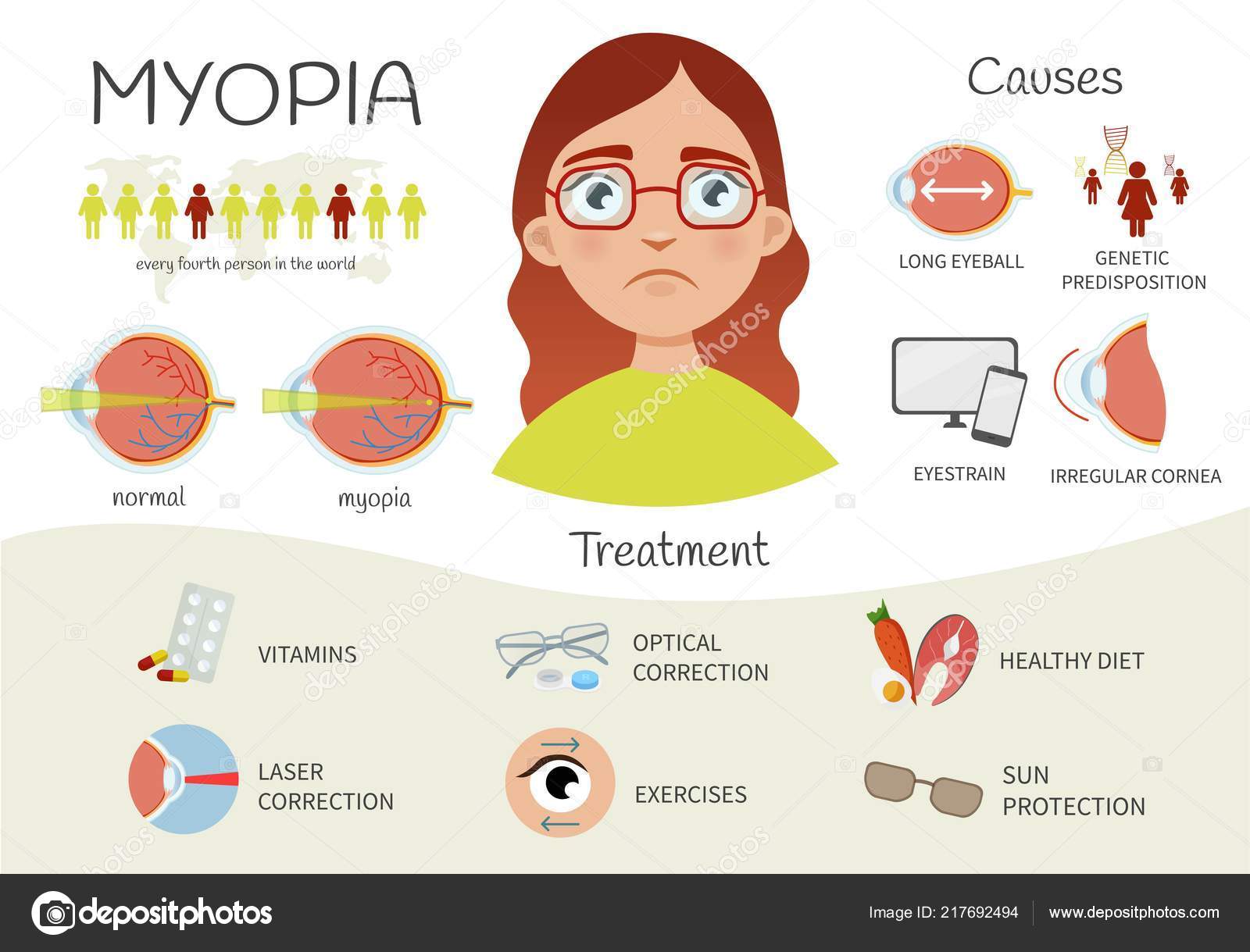Interested In Learning About The Differences In Between SMILE, LASIK, And PRK Eye Procedures?
Interested In Learning About The Differences In Between SMILE, LASIK, And PRK Eye Procedures?
Blog Article
Post Written By-Adler Kerr
If you've been considering SMILE eye surgical treatment, you might wonder how it compares to LASIK and PRK. Each procedure has its very own collection of advantages and considerations. From quicker healing times to possible threats, there are essential differences you ought to know before choosing. Comprehending these distinctions will aid you make an enlightened choice that aligns with your certain needs and assumptions. Curious to understand more concerning how these procedures compare in detail? Keep on discovering to get an extensive understanding of SMILE, LASIK, and PRK.
SMILE Eye Surgical Treatment Overview
If you're taking into consideration SMILE eye surgical procedure, you'll locate it to be a minimally intrusive procedure with a quick recovery time. During SMILE (Little Laceration Lenticule Extraction), a laser is used to create a small, specific incision in the cornea to remove a small piece of cells, reshaping it to remedy your vision. This varies from LASIK, where a flap is produced, and PRK, where the outer layer of the cornea is completely eliminated.
Among the key advantages of SMILE is its minimally invasive nature, causing a faster healing procedure and less discomfort post-surgery. The healing time for SMILE is reasonably quick, with numerous patients experiencing improved vision within a day or two. This makes it a popular choice for those looking for a hassle-free and effective vision adjustment procedure. Additionally, SMILE has been shown to have a reduced danger of completely dry eye disorder contrasted to LASIK, making it a beneficial alternative for people worried concerning this possible side effect.
Differences Between SMILE, LASIK, and PRK
When contrasting SMILE, LASIK, and PRK eye surgeries, it's important to understand the distinctive methods used in each treatment for vision modification.
SMILE (Small Cut Lenticule Extraction) is a minimally intrusive treatment that entails producing a little cut to extract a lenticule from the cornea, improving it to fix vision.
Read Far more (Laser-Assisted Sitting Keratomileusis) includes creating a thin flap on the cornea, using a laser to improve the underlying tissue, and then rearranging the flap.
PRK (Photorefractive Keratectomy) removes the outer layer of the cornea before reshaping the tissue with a laser.
The primary distinction depends on the means the cornea is accessed and dealt with. SMILE is flapless, making it a great alternative for people with thin corneas or those involved in get in touch with sports. LASIK supplies rapid visual recovery as a result of the flap development, but it might position a greater threat of flap-related issues. PRK, although having a longer recuperation period, stays clear of flap-related problems completely.
Recognizing cataract surgery after 60 is essential in selecting the most appropriate procedure for your vision adjustment requirements.
Pros and Cons Contrast
To examine the benefits and disadvantages of SMILE, LASIK, and PRK eye surgical treatments, it's necessary to think about the certain benefits and potential restrictions of each procedure. SMILE surgery provides the benefit of a minimally intrusive treatment, with a smaller sized incision and possibly quicker recuperation time compared to LASIK and PRK. It likewise lowers the risk of dry eye post-surgery, an usual side effect of LASIK. However, SMILE might have restrictions in dealing with higher levels of myopia or astigmatism compared to LASIK.
LASIK surgery provides rapid visual recuperation and minimal pain throughout the treatment. It's extremely effective in dealing with a wide variety of refractive errors, including myopia, hyperopia, and astigmatism. Yet, LASIK carries a risk of flap problems, which can influence the corneal structure.
PRK eye surgery, while not as prominent as LASIK, avoids creating a corneal flap, lowering the danger of flap-related difficulties. simply click the next internet page appropriates for patients with thin corneas or uneven corneal surfaces. However, PRK has a much longer recovery time and may include a lot more discomfort throughout the healing process.
Final thought
So, when it involves choosing in between SMILE, LASIK, and PRK, think of it like choosing the perfect set of shoes. SMILE is like a sleek, comfy pair of tennis shoes - fast and easy.
LASIK is more like trendy high heels - showy and quickly, yet with some possible risks.
PRK resembles durable hiking boots - trustworthy and long lasting, but needing a bit even more effort and time.
Eventually, the best selection depends upon your private needs and choices.
